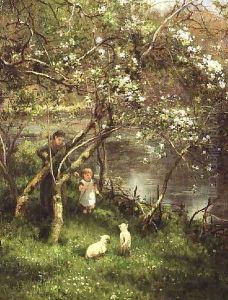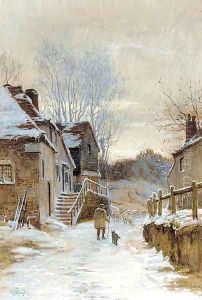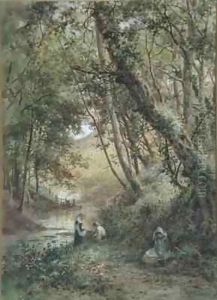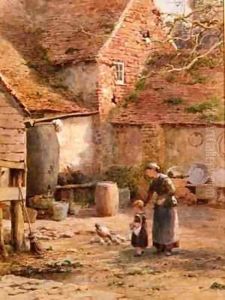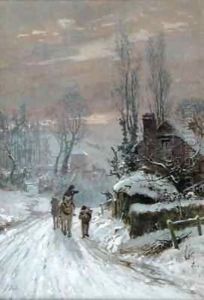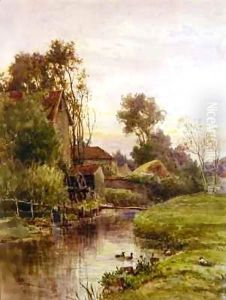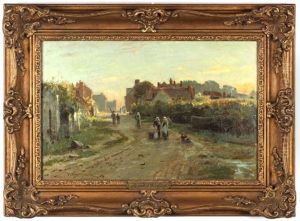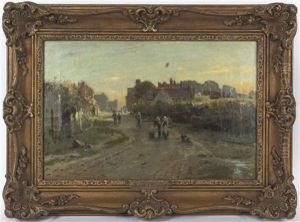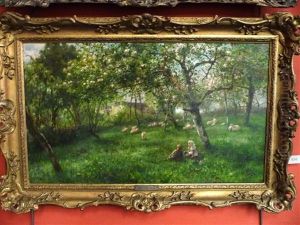James George Bingley Paintings
James George Bingley was an English watercolour artist known for his landscapes and rural scenes. Born in 1841 in London, England, Bingley developed an early interest in the arts. He was largely self-taught, but his natural talent allowed him to capture the essence of the English countryside with a delicate and precise touch.
Bingley's work is characterized by its attention to detail and his ability to render the subtleties of light and atmosphere. He often painted scenes of the Thames Valley, as well as views in Surrey and Kent. His paintings often feature pastoral scenes with cattle or sheep, reflective of the idyllic English countryside. He exhibited his work at various venues including the Royal Academy, the Royal Society of British Artists, and the New Water Colour Society, gaining recognition and acclaim.
Despite his success, Bingley's life was not without challenges. He lived through the Victorian era, a time of significant social and technological change. The industrial revolution was transforming the English landscape, a theme that sometimes found its way into his work as a contrast to his more pastoral scenes.
James George Bingley's contribution to watercolour art was significant in capturing and preserving the beauty of rural England during a time of great change. His works remain a testament to the traditional English landscape genre of the 19th century. Bingley passed away in 1907, leaving behind a legacy of art that continues to be appreciated by collectors and art enthusiasts for its charm and historical value.
